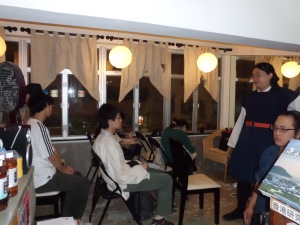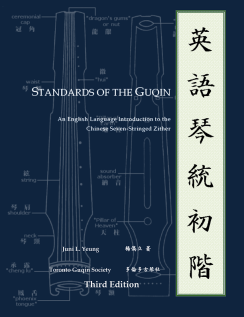
Ji Enxu (Zhou Tianhe) curates over the exhibit and explains the differences between the designs over the years and scholars’ re-imaginations.
On September 29, 2012, fashion design group Celestial Spring and several renowned Confucian scholars ran a 2-day exhibit on the evolution of the Confucian scholar standard regalia – the Shenyi. Often deemed as “the most original and antiquated Chinese robe design thought possible,” the loose robe’s design is long thought to be a static, rigid standard due to its unchanging definition that fills the entire contents of the Book of Rites’ chapter XXXIX. The group referenced various Confucian scholars’ detailed annotations on the Shenyi standard over the span of 1,700 years, and has produced replicas of 12 robes to come to an astounding conclusion that not only our perceptions of the past often clouded by mysticism of the textual ambivilency, but the same can be said that of our ancestors, in no less a degree than our wild imaginations and re-imaginations today.
Below are the 12 Shenyi robes, as well as the textual account given in the exhibit. Note that most names of historical figures are addressed in last name-courtesy name basis, with their first names addressed on a separate line in Confucian tradition in respect of prominent figures.
It is particularly important to see, through this display of actualized reproductions of shenyi designs and its concepts throughout the ages, how imaginations of what “Chinese clothing”, “Confucian sartorial regulations”, and how text is interpreted by different diciplines and individuals. In another perspective, it also represents how the changes in Chinese fashion, or the absence of visible environment for the clothing (such as the Qing) has affected the imagination of Han Chinese clothing.
Implications of the reimaginations of the Shenyi in the modern context may have various directions, including the discussion of how far should traditional hanfu design encompass – would satisfying the textual evidence be enough, or would a continuity froom previous specimens be required? It is my hope that the following article will open a discussion on the subject with the general community. More






Recent Comments